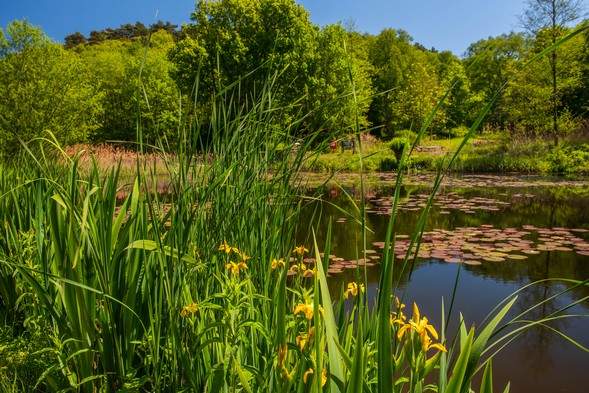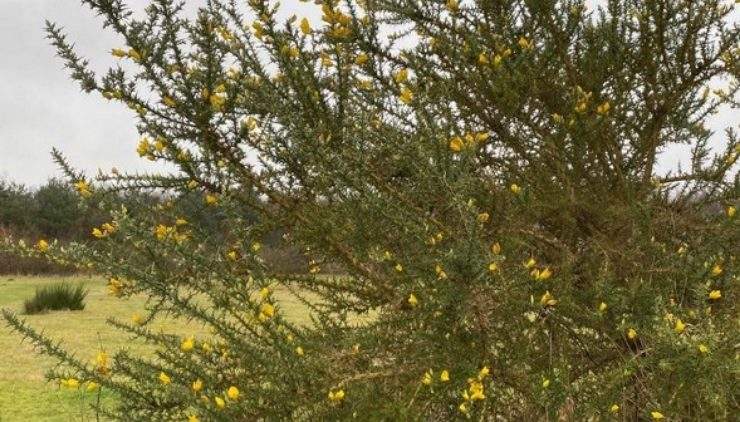Learn about Kelling’s Conservation Pond
- Categories:
- Wildlife

The top Conservation Pond at Kelling Heath is a wonderful place to sit and relax. Learn more about this very special pond with our resident pond expert Pete.
You can read about the pond below or download our Conservation Pond information sheet complete with images here.
Conservation Pond Information Sheet
Conservation Pond at Kelling HeathIn 1987 the conservation pond was created in a disused sand pit. It was later described by the late David Bellamy as ‘one of the best lowland ponds I have seen’
But why did we do it, and how does it benefit the environment? Ponds are important hotspots for biodiversity and a priority habitat in the UK biodiversity action plan. A pond will support a vast array of inhabitants including fish, amphibians, molluscs, and invertebrates as well as contributing to the many animals and insects which frequent the watery habitats. We currently have 3 ponds on park which all contribute greatly to both the wildlife and guests of the park.
Location considerations….
The conservation pond is located on the edge of woodland but importantly receives plenty of light. As the pond is plastic lined and subject to minimal run off from surrounding land this means it is not affected by any water inlets in the form of streams etc which potentially could cause excessive silting and unwanted nutrients entering the water body.
Keeping the water clean
The water quality in the conservation pond is maintained primarily by the range of aquatic plants present. The marginal plants have filtration qualities, the water lilies give some shade and thus help to keep the water temperature down and the submerged weeds provide the ponds with its oxygen.
Colonising the pond
The pond was stocked with native plants which in time would mature to support an ecosystem and maintain water quality. The Marginal varieties include Yellow flag Iris, reedmace, Norfolk reed greater spearwort to name just a few. They help with water filtration, sanctuary for the moorhens and are aesthetically very pleasing. The water lilies are yellow and are known as brandy bottle and they flower throughout the summer months and thrive in the combination of pond silt, clear water, and sunlight. In the depths, the pond is home to milfoil and hornwort which play a vital role. They produce oxygen for the water and important cover for all pond inhabitants.
Ensuring there will be minimal disruptions from external factors
As it is a conservation pond, we encourage guests to enjoy this water body for its aesthetic appeal but to refrain from interfering with the plants or inhabitants in efforts to keep this as undisturbed as possible. All our water-based events are operated at either the fishing pond or our pond dipping pond at the north of the site.
Pond Maintenance
Typically, thus work involves the management of the aquatic plants in early autumn but in dry spells we top up the water levels with our rainwater harvesting system. We try to keep our interference with this pond to a minimum.


